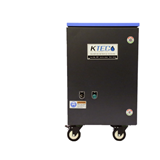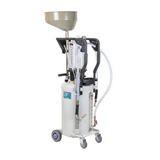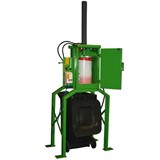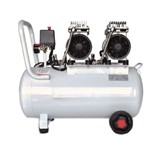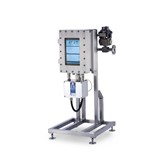These were supported by specialities such as grapeseed, walnut, avocado and macadamia.
Within that, however, there are signs that a new star may be emerging, in the form of argan oil. Product activity is still extremely limited, but there are definite signs of rising interest in the use of argan oil, often also known as Moroccan Gold. This amounts to a move out of the cosmetics and supplements market and into the culinary oils sector.
Argan oil is extracted from the nuts of the argan tree (Argania spinosa), which grows only in south western Morocco. Its small and specific growing area makes it one of the rarest oils in the world. It has traditionally been used by the indigenous Berber population in cooking and in cosmetics. Of late, it has been increasingly coming to the notice of the outside world due to its potential as a cosmetic and nutritional ingredient.
Argan oil is very rich in unsaturated fatty acids and has a high level of natural tocopherols (vitamin E), phenols, phenolic acids, carotenes and squalene.
New product activity involving argan oil recorded by Innova dates back a number of years, notably the emergence of skincare supplements based on argan oil beginning in the mid 2000s, particularly in France. Next was the appearance of an increasing number of culinary oils in a variety of countries, including the US, UK, Germany, France and Switzerland. These products were notable for their premium positioning and high pricing, with some available only through specialist outlets such as natural and health food stores, speciality shops or via mail order.
Argan oil supplements have generally focused either on anti-ageing in general, or skin care, including sun protection, or on the health of hair and nails. As a culinary oil, it can generally be used as a replacement for other oils, such as olive oil, in salad dressings or dips, and can be used to drizzle over pasta or meat and fish.
Most recently, Innova recorded the launch in Germany of Argan d'Or argan oil in May 2010 and the relaunch of Alili argan oil in the US earlier in the year. This followed 2008 launches of Arganol argan oil in France in Natural and Roasted variants, and an argan oil under Swiss retailer Migros Selection brand in 2007.
All the launches focused on the premium nature of the product, its Moroccan heritage, its organic status and its production via cold pressing. Typically it is packed in 100-ml glass bottles, priced at about EUR13, equivalent to about EUR130 per litre.
"Alongside growing levels of product activity," Innova Head of Research Lu Ann Williams reports that "there has been a rising level of press coverage on the benefits of argan oil and this should help to increase levels of awareness and interest, although the high pricing, even if it reduces from its current level, may well prove a barrier to further development.
"However, limited supply is likely to be the key issue," she contends, "despite a UNESCO preservation project for the threatened argan tree in Morocco helping to maintain and even develop supply there.
"Israel has also been trying to develop a viable crop of argan trees for a number of years, but this may raise issues of geographical origin and the acceptability of non-Moroccan oil."
Vic Cherikoff, Australia's leading authority on indigenous foods and a pioneer of the Australian wild food industry, comments that "there are no commercial plantations of argan trees producing argan oil in Australia, although it would undoubtedly grow in some of our arid zones. However, considering the recent reports on the nutritional density of Australian wild foods, particularly with respect to antioxidants and other bio-active compounds, there would be a greater opportunity for niche oil producers to look to indigenous species.
"Research in the 1980s into the oil content and quality of Acacia seeds showed a high degree of healthy fats with the arils (attachment stems) on the seeds showing significant yields of unsaturated fats.
"Additionally, there are numerous other food seeds and nuts which may be of interest as new oil sources," he said, "with quandong and sandalwood kernels, kurrajong seeds, geebung pits and a multitude of rainforest tree nuts possibly joining the macadamia as competitors to argan oil. Some are already used in cosmetics and it only needs the demand to expand the supply into food products."
For further information on the Innova Database, the representative for Australia and New Zealand is Glen Wells [email protected]


